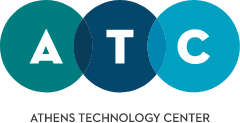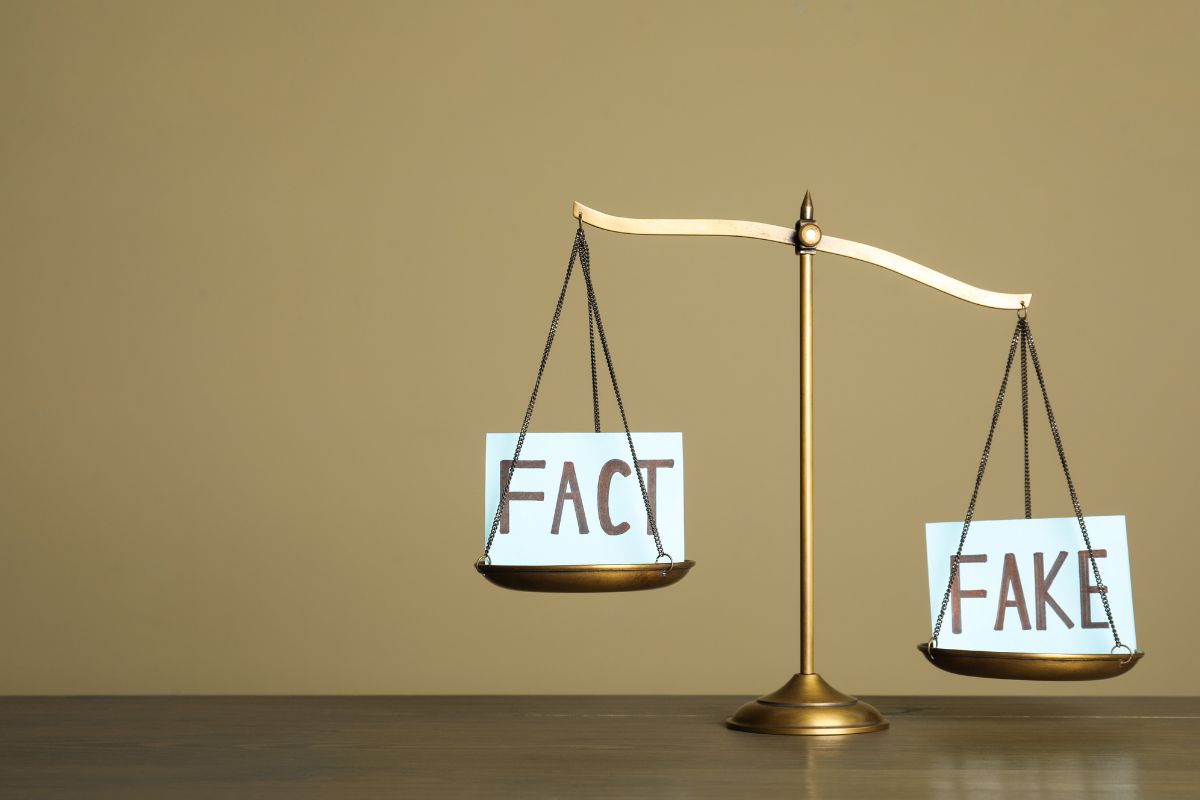Article co-authored by Mrs Margarita Koromila, CMO and Mr. Christos Gavalas, Product Manager | Journalism & Media Tech Specialist , at Athens Technology Center
The images in this post were generated using OpenAI’s DALL·E AI image generation technology.
In an era where misinformation spreads rapidly, public sector organizations must play a crucial role in safeguarding truth and ensuring transparency. Fact-checking, once mainly associated with journalism, has now become a necessity for governments, regulatory bodies, and public institutions worldwide. However, fact-checking alone is not enough.
Experts emphasize the importance of information integrity, which requires long-term monitoring, policy recommendations, and public education to combat disinformation effectively. This is where disinformation observatories come in, going beyond reactive fact-checking by proactively tracking misinformation trends, strengthening public trust, and protecting democratic processes.
Why Fact-Checking Alone Is Not Enough
Public institutions are often the primary targets of disinformation campaigns aimed at eroding trust in governance, distorting policy debates, and manipulating public opinion. According to the Reuters Institute Digital News Report 2024, nearly 60% of global internet users have encountered false or misleading information related to government policies and public affairs.
Traditional fact-checking is reactive, meaning false claims are debunked only after they have circulated. While this approach is valuable, it has significant limitations:
- Speed vs. Spread: Misinformation spreads faster than corrections, leaving fact-checkers constantly playing catch-up.
- Limited Scope: Fact-checking often focuses on isolated claims rather than systemic patterns of disinformation.
- Public Distrust: Government-led fact-checking initiatives may be viewed as biased, especially in politically sensitive contexts.
What Makes a Disinformation Observatory Unique?
Unlike traditional fact-checking projects that respond to specific cases (e.g., election-related misinformation), a disinformation observatory operates continuously, detecting long-term trends and emerging threats in misinformation.
Proactive and Systematic Approach
- Observatories monitor and analyze misinformation patterns over time rather than focusing on individual fact-checks.
- They track the origins and evolution of false narratives to recommend systemic solutions for preventing similar cases in the future.
- By leveraging AI-powered tools, social media mapping, and knowledge repositories, observatories ensure that disinformation does not just get debunked but actively mitigated.
Disinfo Observatories
| Feature | Disinformation Observatory | Fact-Checking Initiative |
| Duration | Permanent, ongoing monitoring | Case-driven, time-limited |
| Scope | Tracks long-term trends and networks | Responds to specific claims |
| Data Collection | Maintains a knowledge repository | Focuses on real-time fact-checking |
| Tech & AI | Uses AI, automation, and analytics | Relies on human verification |
| Public Engagement | Provides training, reports, policy insights | Focuses on debunking claims |
| Collaboration | Works with governments, academia, media | Primarily newsrooms and journalists |
A clear example is the Shakti project, an election-driven fact-checking collective in India. While Shakti effectively countered misinformation during elections, it was a temporary coalition rather than a long-term observatory. Observatories, by contrast, are permanent infrastructures designed to provide ongoing defenses against misinformation.
How Disinformation Observatories Strengthen Information Integrity
The shift from reactive fact-checking to proactive information integrity means that observatories play a crucial role beyond simply debunking claims. They serve as centralized hubs that:
- Collect and analyze misinformation trends to track emerging threats.
- Provide policy recommendations and training to institutions for adopting preventive measures against disinformation.
- Collaborate with fact-checkers, researchers, and tech platforms to create an ecosystem of credible information.
- Educate the public, policymakers, and media organizations on how to recognize and prevent misinformation.
- Offer training programs, literacy campaigns, and transparency reports to improve digital resilience.
A leading example is Finland’s media literacy initiative, where government-backed observatories have successfully minimized the societal impact of fake news, making Finland one of the most resilient countries against disinformation (Media Literacy Index 2023).
Challenges in Establishing Disinformation Observatories
While observatories are essential for strengthening public trust and democracy, several challenges must be addressed:
1. Perceived Bias and Independence
- Government-led fact-checking initiatives are often seen as lacking neutrality, especially if they predominantly serve state interests.
- Case: In Brazil, the Brasil Contra Fake unit was criticized for relying heavily on government sources, raising concerns about impartiality.
- Case: A study examining fact-checkers such as Snopes and PolitiFact found variations in their fact-checking behaviors, emphasizing the need for diversity and transparency in methodologies to maintain trustworthiness.
- Solution: Observatories must ensure transparency in methodology and source selection to maintain credibility.
2. Financial Dependencies and Platform Relationships
- Many fact-checking organizations rely on funding from major tech companies, creating potential conflicts of interest.
- Case: The GlobalFact 11 conference revealed that many fact-checkers depend financially on platforms like Meta and TikTok, which can compromise their perceived independence.
- Solution: Observatories should seek diversified funding models, including academic, public, and philanthropic partnerships.
3. Coverage Gaps and Regional Disparities
- In regions like the United States, some areas lack fact-checking resources, allowing misinformation to spread unchecked.
- These “fact-checking deserts” highlight the uneven distribution of fact-checking efforts and the need for more localized initiatives.
- Solution: Observatories must scale their operations and ensure regional representation.
4. Hostility, Political, and Legal Pressures
- Fact-checkers frequently face online threats, legal challenges, and targeted harassment, which can hinder their operations and deter individuals from participating in fact-checking efforts.
- Solution: Strengthening legal protections and fostering international collaboration to support observatory staff.
5. Rapid Evolution of Misinformation Technologies
- Deepfakes, AI-generated misinformation, and evolving disinformation tactics require constant updates in observatory methodologies.
- Solution: Investment in AI detection tools, partnerships with cybersecurity experts, and real-time misinformation monitoring.
6. Public Trust and Engagement
- If disinformation observatories are perceived as partisan or ineffective, public engagement may decline, reducing the overall impact of fact-checking efforts.
- Solution: Independent governance, public transparency, and education programs to reinforce credibility.
Final thoughts
Disinformation observatories are no longer just a tool; they are a strategic necessity for governments aiming to protect democratic institutions and maintain public trust. Fact-checking alone is not enough—observatories must ensure information integrity by proactively tracking misinformation, educating the public, and influencing policy decisions.
To make observatories effective, stakeholders must:
- Commit to transparency and independence to build trust.
- Develop sustainable funding models to ensure long-term operations.
- Expand regional presence to cover misinformation deserts.
- Integrate AI-driven tools to detect evolving threats.
- Collaborate across public, private, and academic sectors to create a global ecosystem of reliable information.
In an age of information warfare, the public sector must lead by example—because the truth is too important to be left unchecked.
Read more:
- Athens Technology Center: This is our fact-checking experience
- ATC joins CEDMO & EDMO BELUX to tackle disinformation
- BROD: New regional EDMO Hub to combat Disinformation in Bulgaria & Romania
- Athens Technology Center joins CEDMO to tackle disinformation
- Launch of EllPaP, the Hellenic Observatory against misinformation






